11 Ways Most People Get the New COVID Variant, Experts Say
Experts say it's still important to avoid contracting COVID if at all possible.
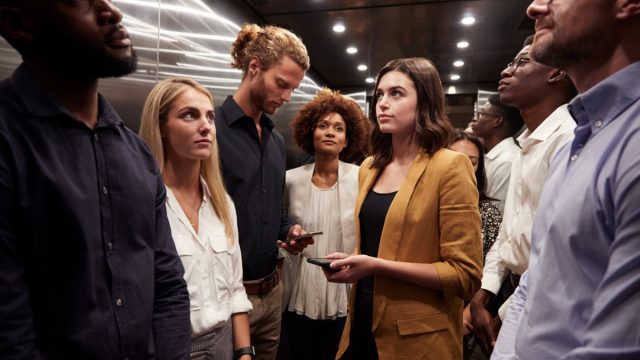
COVID cases are rising again. "According to a Thursday bulletin in Yale Medicine, the new variant has more than 30 mutations to its spike protein – located on the outer surface of a coronavirus – which helps it enter and infect human cells," reports the Independent. The "new, rapidly spreading coronavirus variant has sounded alarm bells for public health experts in the United States amid a rise in cases across the country. Doctors warned that the BA.2.86 variant – unofficially called 'Pirola' – may be cause for concern as it is a newly-designated, highly-mutated variant of Omicron which triggered a surge in cases in a number of countries including the US." How do most people get these variants of COVID? These are the most common ways.
1
By Attending Crowded Indoor Gatherings or Events

Attending a large indoor gathering—where people may be unmasked and their infection status is unknown—continues to present one of the biggest risks for contracting any variant of COVID. "I think there are two more categories of people who may wish to take precautions. One is people who are living with someone who is high-risk. They should consider masking and reducing indoor gatherings to reduce their risk of transmitting the coronavirus to their vulnerable loved ones. They should also test regularly to reduce their risk of asymptomatic transmission," Dr. Leana Wen told CNN this week. "In addition, because every Covid-19 infection comes with the risk of developing post-Covid symptoms — also called long Covid — those who prioritize avoiding long Covid might also take precautions to reduce their likelihood of contracting the virus."
2
By Not Masking Up at the Right Times
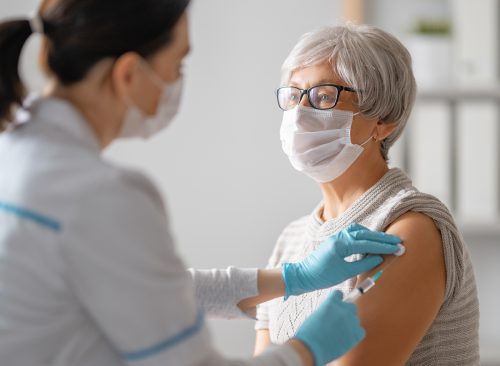
As cases rise, virus experts say mask up if rates are high in your area and you are in crowded indoor environments. "One thing's for sure: People infected with Covid should wear masks around others to prevent the spread of the virus," reports CNBC. "For those not infected, the decision to mask depends on a few things. That includes your personal risk level, Covid rates in your region and who you might make contact with, public health experts said. First and foremost, people at high risk of serious illness or death from Covid should consider wearing masks in crowded and public spaces, especially in poorly ventilated areas." That applies to elderly people, too.
3
By Going to Gyms
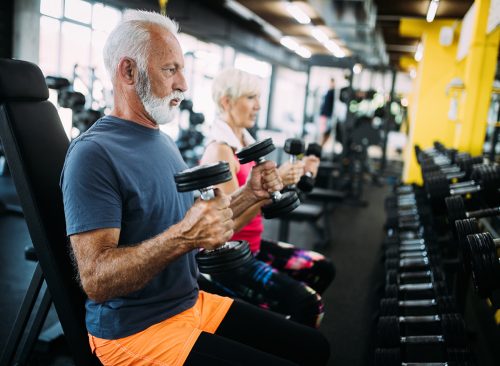
A study published in the journal Environmental Science & Technology calculated the riskiest places for catching COVID. They found the place with the highest risk is a crowded, poorly ventilated area where people are unmasked and exercising (and exhaling) heavily. Theoverall risk is lower now that rates of vaccination and immunity are higher, but there is still risk in crowded gyms as cases rise.
4
By Visiting Crowded Stores
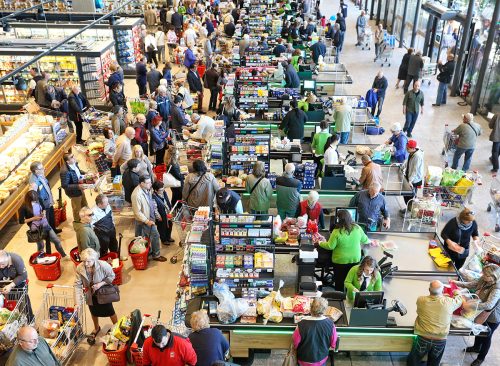
In a study, the UK's Virus Watch group calculated the COVID risk associated with various non-household activities. The researchers found that people who visited stores once a week were nearly 2.2 times more likely to contract COVID than people who didn't do in-person shopping. It was the highest-risk activity the researchers found.

Although he predicted you won't see a "tsunami" of COVID as before, Dr. Anthony Fauci is urging caution at gatherings as COVID cases rise. "So if you get a surge of infections now, you're certainly going to see infections; you're going to see people that will likely get mild to moderately ill; you'll get some people, mostly the vulnerable—the elderly and those with underlying conditions—who might require hospitalization, and even some deaths," he said.

Dr. Kristina Hendija explains, "Bars and clubs are notorious COVID hotspots. Besides close proximity with strangers and the possibility of aerosol contamination of food and drink, bars and clubs serve alcohol. Alcohol lowers inhibitions and impairs decision making, further exposing one to transmissible infectious diseases."
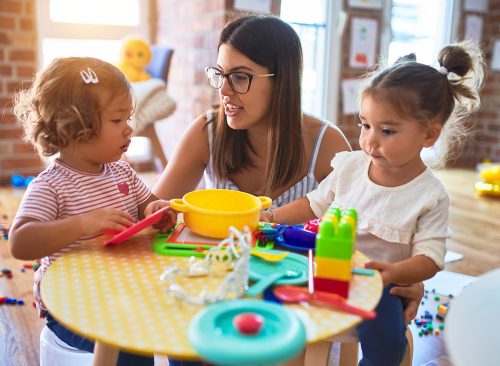
According to Dr. Hendija, "Newer variants of COVID affect children as well. Therefore, children are at risk, can contract the virus and carry it which puts the rest of the household members at risk. Additionally, children tend to touch everything and have lesser awareness when it comes to personal hygiene/protective measures which greatly puts them at risk."
8
Those Most Vulnerable Have Underlying Medical Conditions
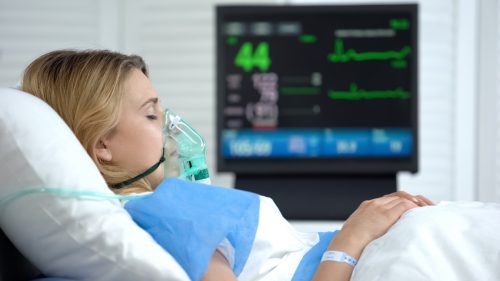
Susky explains, "Though it is uncertain who may get severe COVID-19, there are groups at greater risk. People who have medical conditions are more likely to get severe COVID-19 as these may compromise one's health, immune system and the ability to ward off a severe infection. Such conditions include cancer, dementia, neurological diseases, heart disease, diabetes, obesity, HIV, pregnancy, stroke; and chronic kidney, liver and lung diseases."
9
The Older Community is at a Greater Risk
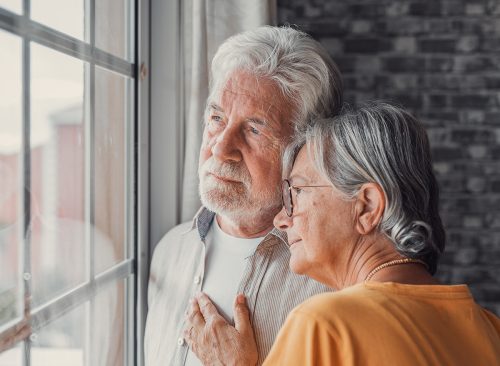
"Older individuals are at a greater risk of severe COVID-19 as the immune system weakens as people age," says Susky. "Those with conditions that make one immune compromised are at risk for the same reason of a weakened immune system (HIV, tuberculosis, organ and stem cell transplant, and those on immunosuppressive medications)."
10
Other Social Factors
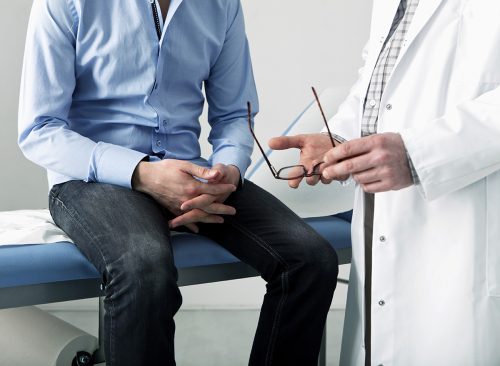
Susky states, "Other social factors put one at risk for acquiring severe COVID-19 as they are marginalized groups with systemic social and health inequities. This would include race/ethnicity, those in poverty or crowding, and those with mental health issues."
RELATED: 20 Signs You May Have the New COVID Variant
11
How Exposing Yourself to COVID Puts the Community at Risk

According to Susky, "It is especially dangerous to intentionally acquire COVID-19 as one cannot know who they may invariably infect with SARS-CoV-2. The virus is most transmissible up to 48 hours and until symptoms first appear, and the symptoms could appear up to 14 days after one's exposure (the maximum incubation period of SARS-CoV-2). It would be exceedingly difficult to predict when one may acquire and may be in the highest point of their infectious period. The potential to spread SARS-CoV-2 to others could carry large consequences; vulnerable people are still being hospitalized and are dying."














